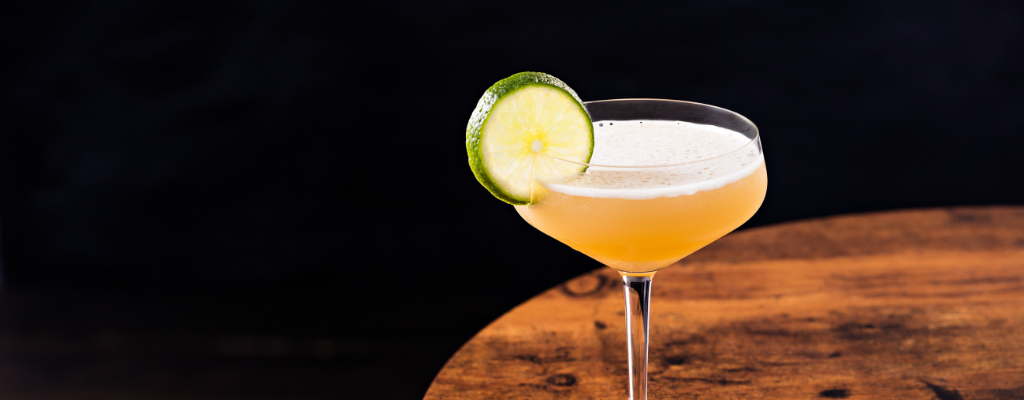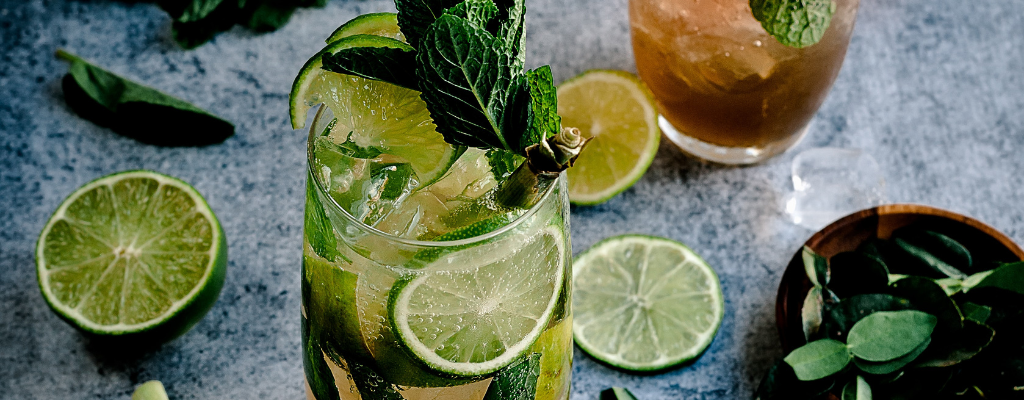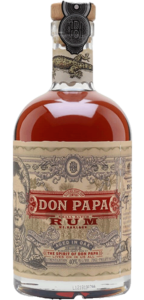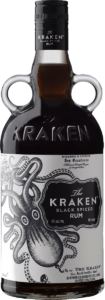Published on July 21, 2023.
And what a history it is.
Genus Saccharum Officinarun, or sugar cane, was first cultivated in New Guinea, and first fermented in India as early as 350BC for medicinal purposes. Moving into 1400s, explorers had started to discover new world trade routes and discovering remote islands with the perfect climate for growing sugar cane, a highly valued product on the trade route. It required a lot of water and manpower to grow this giant grass and islands were perfect for an unlimited supply of water. However, for manpower, European colonists paid African slavers to provide the slaves to work on producing the spirit. Due to the level of sugar in this new spirit, it fared well along the trade routes and had a higher ABV than other beverages on the market.
In the early 1600s, the island of Barbados was discovered which would soon lead to the popularity of rum all over the world. The island’s climate was perfect, so explorer Richard Ligon brought his expertise with all the necessary tools from Brazil as well as purchasing slaves to create a rum empire. In less than 10 years, the sugar barons of Barbados became some of the richest men in the world. There are indications that the spirit was referred to as Rumbullion or Rumbustion, referring to the upheaval and violent commotions the spirit would cause. Eventually, this was shortened to rum.
Rum quickly became the drink of choice to many colonised countries due to the strength, but also because it was very cheap, much cheaper than brandy which was the other popular imported spirit of the time. New England was a colonised area of USA that struggled to grow anything because of the bad climate; therefore, when Barbados started to export rum, it allowed them to rely less on European imports. Soon enough those clever New Englanders got the idea to import molasses, a by-product of the sugar making process, from the islands instead of rum and start distilling themselves in the late 1600s, with towns like Salem, Newport, Boston and Medford becoming rum distillation epicentres with over 100 distilleries by the mid-1700s. With the momentum of production, it solidified a slave-dependent economic system as rum accounted for 80% of New England’s exports. This was all until England tried to impose an import tax on molasses from French colonised islands which led to the Sugar Act in 1764, where tax was levied on molasses, contributing to the political protest in 1773. The Boston Tea Party was started by American colonists who were angry at Britain for imposing ‘taxation without representation’.
In 1781, Britain surrenders as USA tries to stabilise their economy. There is an influx of immigrants from Scotland and Ireland with experience in grain distillation, a great ingredient that can be easily grown in middle-America. Rum was cast aside for the more popular grain-based spirits such as whiskey. Although tainted by an awful part of our global history, this revolution-spurring spirit is back to have a second chance in the modern day. However, it is important to value the history that shaped it.
Sugar cane takes between ten months and two years to reach sufficient maturity to harvest and extract its sugars. There are many different varieties of sugar cane, variety and region affect the profile of the rum produced from it. Most dark rums come from areas such as Jamaica, Haiti, and Martinique and are seen as the purest expression of one of the most widely used sugarcane by products, molasses. They are normally aged longer, in heavily charred oak barrels, giving them much stronger flavours. Gold rum is aged in wooden casks for some period of time, giving the spirit its signature colour and sweeter, richer flavour and often have subtle flavours of vanilla, almond, citrus, caramel or coconut. These hints of flavour develop during the ageing process and the type of barrels used. Spiced rums obtain their flavours through the addition of spices and caramel. Most are darker in colour, and based on the gold variation. The spices most likely found are cinnamon, rosemary, absinthe/aniseed, pepper, cloves, and cardamom. White rums are simply made by a sugar cane that is distilled, watered down and bottled.
The Mojito
Origins of the name ‘mojito’ are unknown; however, same say that it was initially consumed for medicinal purposes, deriving from the African word ‘mojo’ meaning to place a little spell. The mojito is a fantastic classic that can be modified with flavours and different fruit, but learning the classic is the perfect to build on.
- Lightly muddle several mint leaves with 15ml simple syrup in a shaker.
- Add 60ml rum, 45ml lime juice and plenty of ice.
- Shake briefly and strain into a highball glass over fresh ice.
- Top with club soda and garnish with a mint sprig and lime wheel.
This drink can also be built in the glass if you do not have a cocktail shaker. Just give it a stir instead of shaking.
Share this article
About the author

Chloe Lewis
Chloe looks after all copywriting and proof-reading for Drink Warehouse UK, working with the Marketing team to deliver educational content to all our customers. She has spent many years in the hospitality sector, moving from behind the bar to now helping venues to stock their own. You can find more from Chloe about beer, cider, spirits, wine, non-alcoholic, soft drinks and RTDs all over our blogs, website, social media and Set The Bar magazine.
Click here to receive the latest and greatest promotions, new products, competitions and so much more straight to your inbox.










